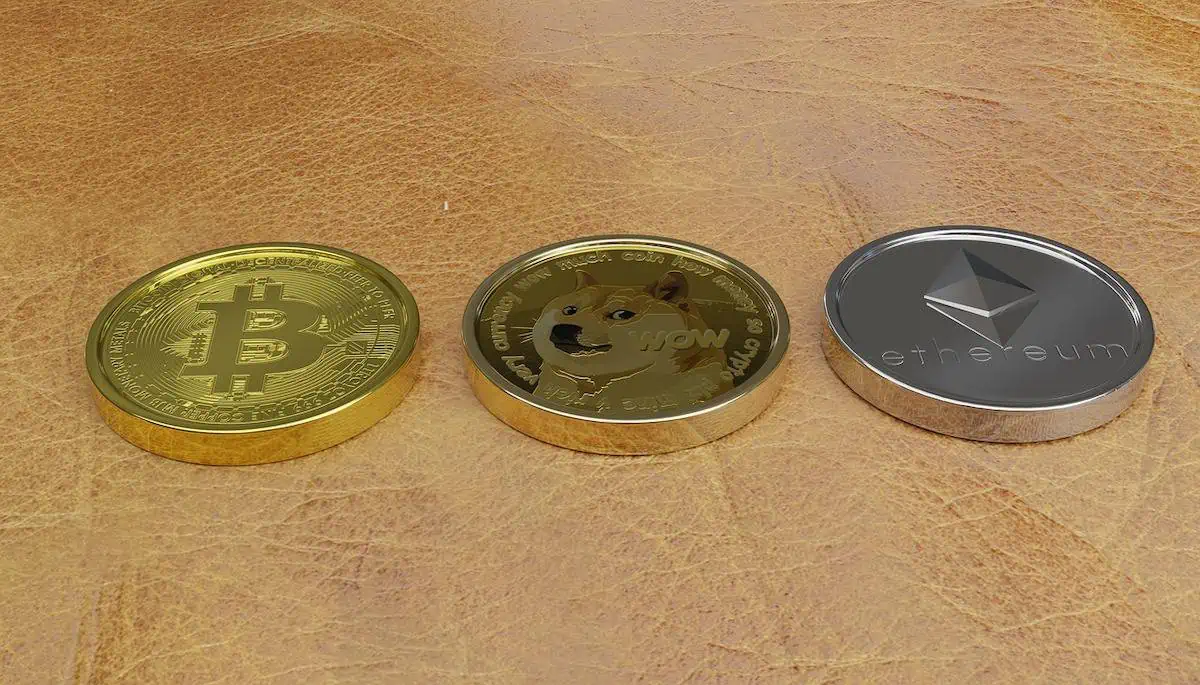Bitcoin’s (BTC) rise over the past few years is nothing to be surprised about. As decentralization becomes more and more relevant, people all over are looking for ways to empower themselves.
With everyone getting more interested in the world of cryptocurrencies, it’s understandable how newcomers might get a little confused with all the terminology.
Let’s review Cryptocurrency types by utility.
Types of cryptocurrencies
What doesn’t help is the fact that there are so many different kinds of cryptocurrencies, with the possibility of more being introduced down the line. We can only watch as people find more ways to make the most out of decentralized financing.
To help those who feel a little confused, we’re breaking down the different types of cryptocurrency and explaining them as simply as we can so you can get started immediately.
Coins
The chances are that coins are the most common type you’ve heard your friends talk about. Coins are the most basic type, with a few other categories falling under this type.
Simply put, you can think of coins as the most straightforward type of cryptocurrency—money that you can buy and spend immediately. It’s pretty much the digitized version of fiat currency, like the paper money we’re most familiar with.
Altcoins
Bitcoin was the first coin to be introduced to the world way back in 2008. Now, as long as you can buy Bitcoin safely, it’s been pretty profitable for many to get into trading.
Altcoins are any coin that isn’t Bitcoin. These aren’t hard to find, with more and more coins joining DEXs (decentralized exchanges). A great example of this is Ethereum (ETH), another coin that has become one of the most utilized in the crypto trading world.
Meme or Joke coin
Given how relevant how memes are in popular culture, it was only a matter of time until they were integrated into cryptocurrencies. Meme coins, or Joke coins, are coins based on popular memes.
Despite the name, meme coins still have the potential to become popular currencies, gaining value thanks to their popularity and likeability. The best example of this would be Dogecoin, a coin that was at the forefront of cryptocurrency’s popularity just last year.
Tokens
Next, we have tokens. Unlike coins, we can’t strictly consider all tokens as currencies but rather act as representations of units of value. These tell the user that they “own” a specific amount of a currency or asset and can be spent similarly to cash.
Payment token
Payment tokens fall under the same definition as coins. These are the tokens people buy and sell online, making a profit off of trades.
You can expect the value of these tokens to rise or fall depending on the demand and supply for them, much like fiat currencies. In some countries, transacting with cryptocurrencies is a viable option when you need to go around.
Non-fungible token
Non-fungible tokens (NFTs) are unique assets that have been gaining traction over the past year thanks to crypto games like Axie Infinity. Simply put, NFTs are digital objects that have a declared value.
Given how crypto assets work, these are also hard-coded with authenticity certificates that allow users to be confident with their objects as well as a complete ownership record for traceability.
Utility token
These tokens are not necessarily given value but act as points of access for users who wish to participate in a specific blockchain for a product or service. You can think of these as keys that let you conduct business transactions on restricted networks.
A good example of this is how using Ether can let a user pay for smart contracts meant for the Ethereum blockchain. Alternatively, using Ether can also let a user use decentralized applications (dApps) for their needs.
Security token
A security token is something that most people will easily understand. They are pretty much like traditional stocks, the only difference being that these are purely digital.
Because of the importance of these tokens, we are seeing more and more regulators paying attention to them. Now, there are steps taken to make sure a token can be considered a security token.
Conclusion
The point here is that there are different coins and tokens, cryptocurrency types by utility, for pretty much everything you can think of. This is the best part about the decentralized finance movement, in that it helps people from all over and with different ideas to participate in the crypto world.
What helps people the most with getting started of course is when they do their own research. Help yourself out by reading as much as you can about crypto—this way, you can trade confidently.
Check out our other articles at Paxful to get a better idea of what happens in crypto, and if you sign up, you get a BTC wallet for free to get started on your crypto journey today!

